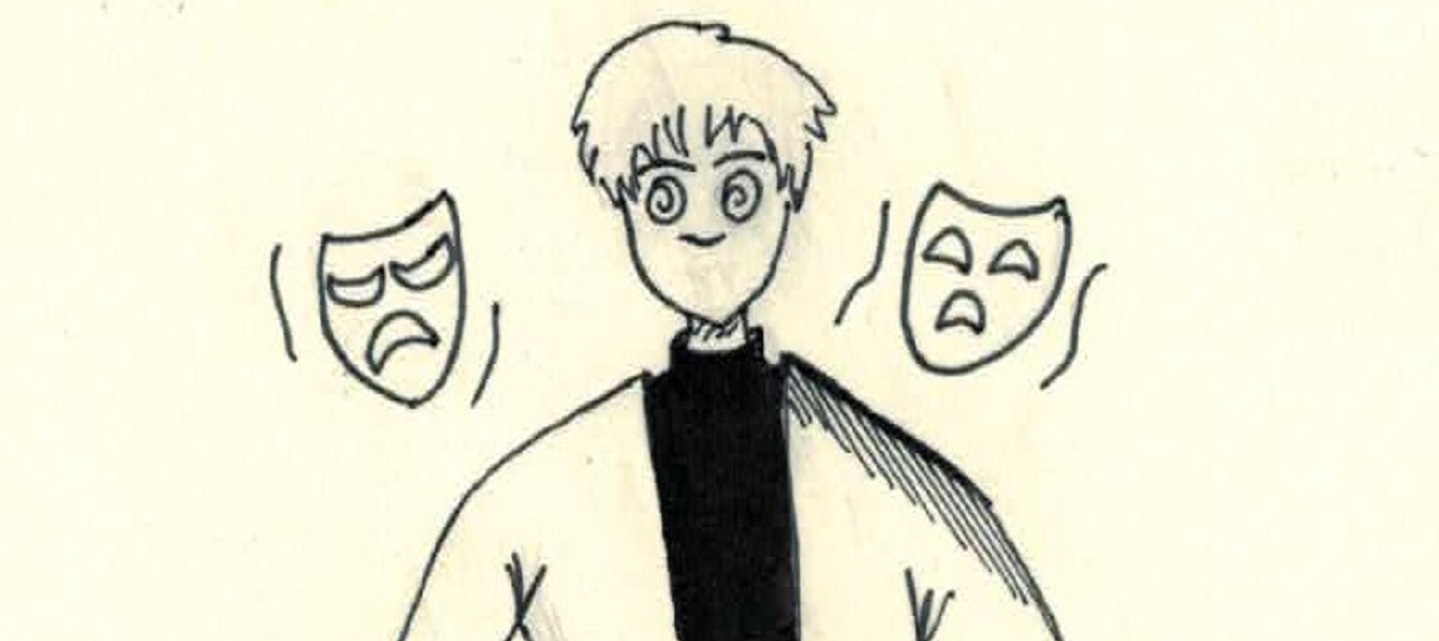Tag: autism
-

Atypical: Journeys of Neurodivergent Larpers
in
Needs and traits that must be highlighted for neurotypical players and organizers to better understand their neurodivergent counterparts.
-

10 Pieces of Advice for an Autism Friendly Larp
in
There are many things you can do to make sure that your larp is more inclusive of autistic people. This article offers several pieces of advice.